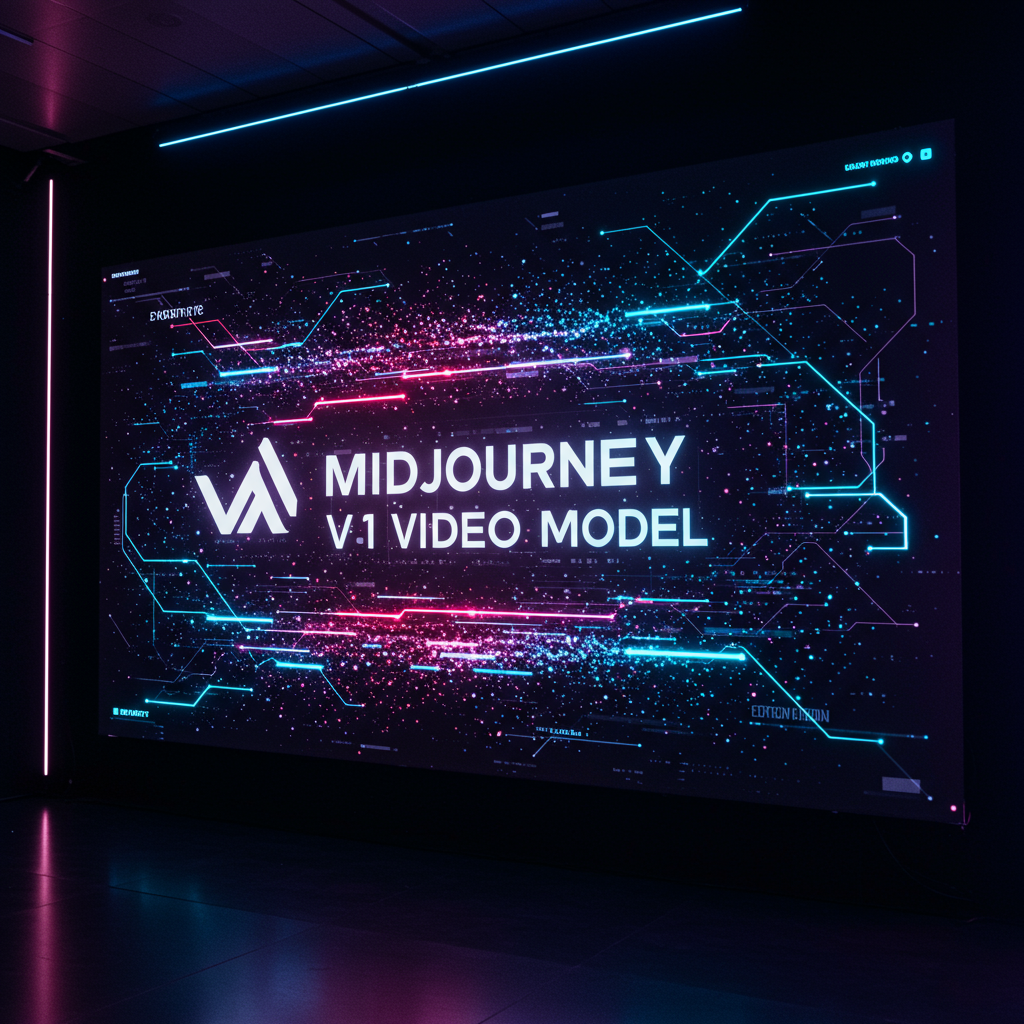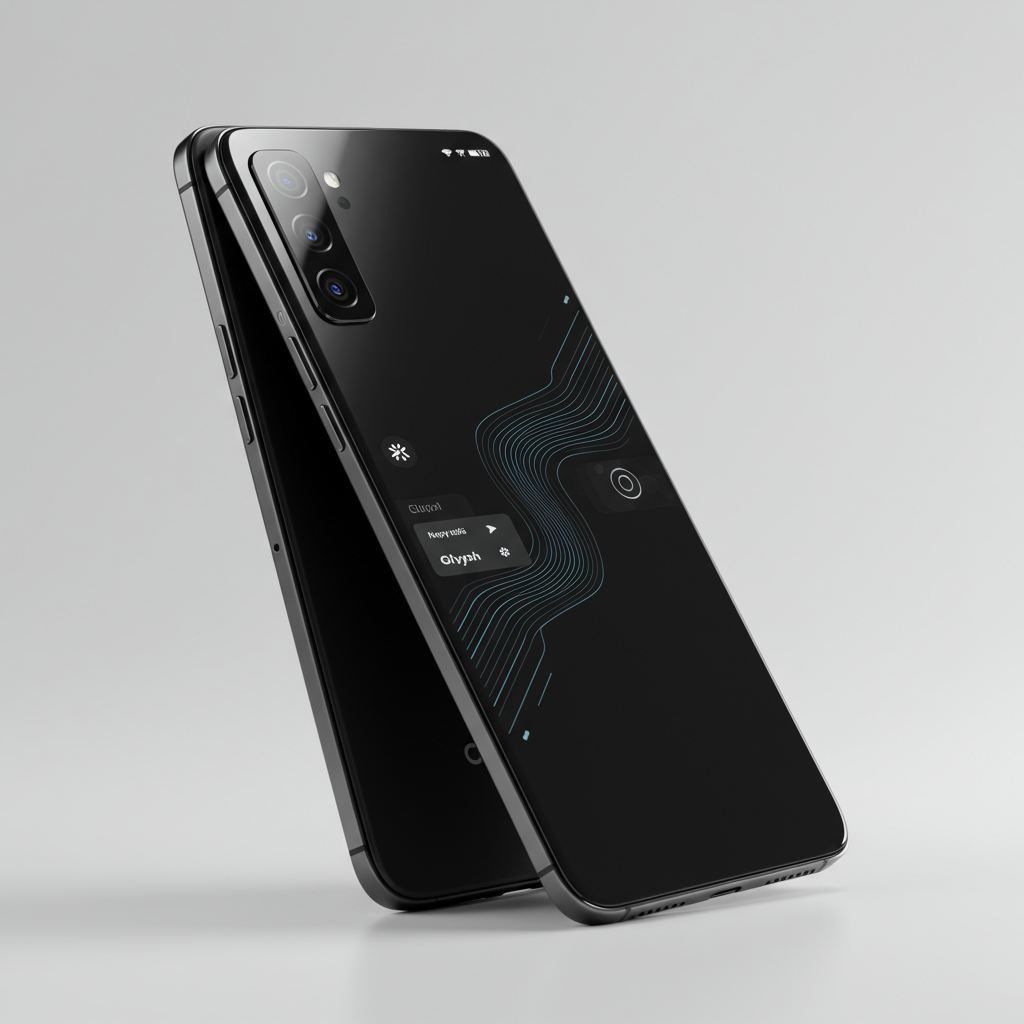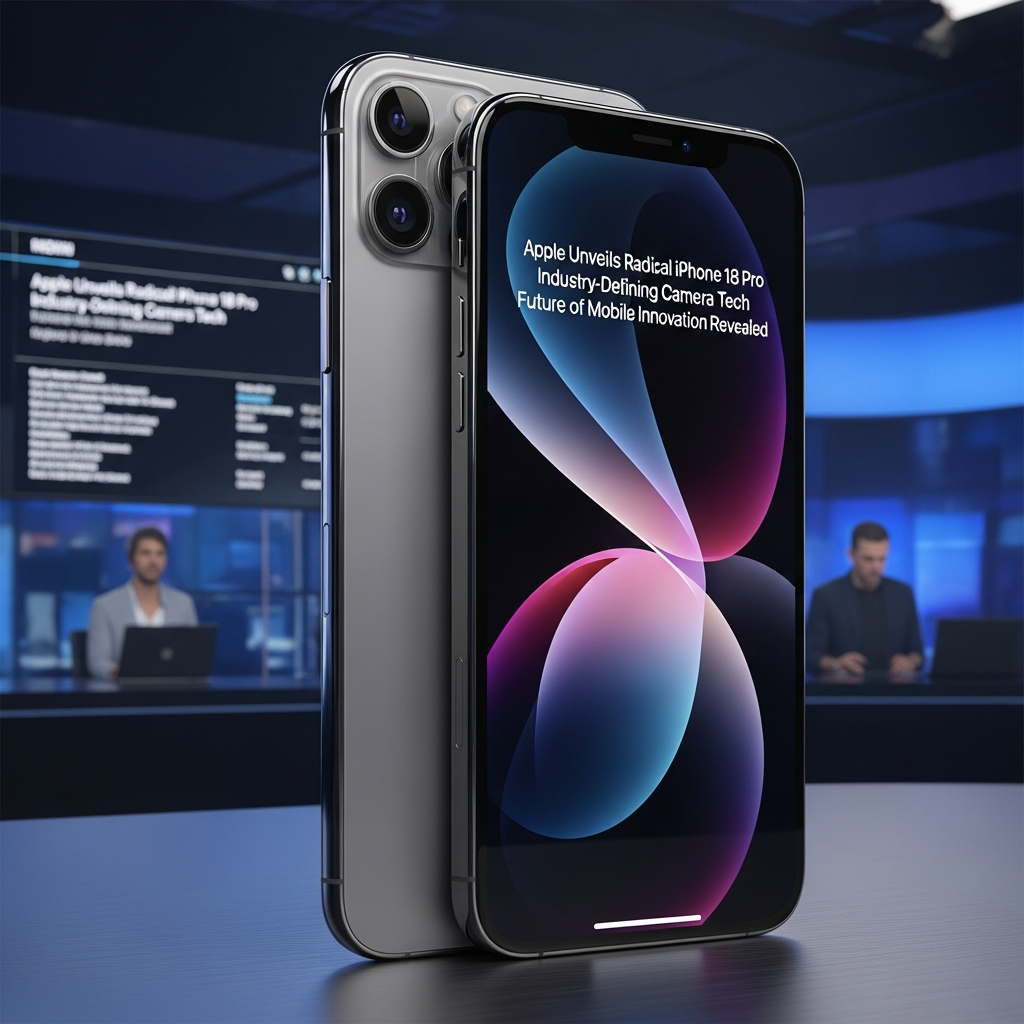Midjourney Makes Its Move: First AI Video Model V1 is Here
Midjourney, the popular AI image generation service known for its stunning visuals, has officially launched its first-ever AI video generation model, V1. This highly anticipated debut marks a significant strategic expansion for the San Francisco-based lab, moving beyond static images into the dynamic world of motion.
Available to all of Midjourney’s extensive subscriber base – reportedly numbering around 20-21 million users – the V1 model is integrated directly into the existing platform workflow.
How Midjourney’s V1 Video Works
Generating video with V1 is designed to be straightforward for existing Midjourney users. A new “Animate” option now appears below both AI-generated images and uploaded still images within the user’s gallery or interface.
Clicking “Animate” initially produces four distinct 5-second video clips derived from the selected image. Users aren’t limited to just 5 seconds; these initial clips can be extended in 5-second increments, allowing for a maximum total duration of 20 seconds (with some reports suggesting up to 21 seconds) per animated output.
Control Over Motion and Animation
The V1 model offers users flexibility in how motion is applied:
Automatic Motion: The model interprets the image and adds movement automatically.
Prompt-Directed Motion: Users can guide the animation using a text prompt, similar to how they direct image generation.
Motion Modes: Two primary modes control the intensity:
Low Motion: Ideal for subtle movements, ambient scenes, or slight camera shifts.
High Motion: Facilitates larger changes in subject position or significant camera movements, though testers note this mode can sometimes introduce flickering.
For prompt-directed motion, users can further refine the outcome by choosing to align the clip closely with the prompt or allowing the model more “creative flair.”
Cost and Accessibility
Midjourney’s V1 is positioned as a cost-effective entry into AI video. Creating a clip costs approximately eight image credits. Importantly, access to the V1 video model is included within the standard subscription tiers, starting at the regular $10 Starter plan. Compared to the cost of generating a single image, the cost-per-second for a video appears competitive, aiming to undercut many rivals.
For Pro subscribers, Midjourney is also testing a slower “video relax” queue, potentially offering a more resource-efficient option for generations that aren’t time-sensitive.
Current Limitations and the Competitive Landscape
While V1 leverages the strong coherence inherited from Midjourney’s V6.1 image model, it currently has notable limitations compared to some advanced competitors in the rapidly evolving AI video space:
No Audio: V1 does not generate integrated sound. Users must add audio in post-production.
Duration Limit: Videos are capped at a maximum of 20-21 seconds.
Resolution: Output is limited to 1080p.
Editing Features: V1 lacks advanced video editing tools like timelines, scene transitions, or sophisticated continuity controls found in more mature platforms.
This places V1 behind models like Runway Gen-4/Gen-3 Alpha, Luma Labs Dream Machine, Google DeepMind’s Veo 3, and OpenAI’s anticipated Sora in terms of overall scope, duration, and advanced features like sound generation or longer narrative structure support. Early reactions have been mixed, with some users praising it as “surpassing expectations” due to its ease of use and coherence, while others on platforms like Reddit note gaps in realism or capabilities when compared to models like Sora. Analysts characterize V1’s release as a strategic, quick entry into a crowded field rather than a finished tool for complex film production.
The AI video generation market is intensely competitive, with players like Kling (praised for realism), Hailuo MiniMax (strong prompt adherence), Pika Labs (good for character consistency), and Haiper also pushing boundaries with various features and pricing models. Platforms are increasingly becoming multi-modal, offering a range of tools beyond simple text-to-video. Adobe’s recent Firefly mobile app launch also signals the trend towards integrated, mobile AI creative suites encompassing both image and video.
Facing Challenges: The Copyright Lawsuit
Midjourney’s V1 launch occurs just days after the company was hit with a significant copyright infringement lawsuit filed by Disney and Universal. The lawsuit alleges that Midjourney trained its models on copyrighted characters without authorization and that its platform facilitates infringement by allowing users to generate images (and potentially videos) of protected characters. The legal challenge highlights the unresolved questions around AI training data and intellectual property rights that the entire generative AI industry faces. For enterprises, this suit raises concerns about potential infringement risks when using AI models whose training data is disputed.
V1 as a Step Towards a “World Model”
Despite current limitations and legal hurdles, Midjourney executives position V1 as a crucial “technical stepping stone” towards a far more ambitious long-term vision: the development of a “world model.” This future system aims to merge image generation, motion, 3D spatial navigation, and real-time rendering, potentially creating interactive, explorable 3D scenes and environments. Video models like V1 provide the foundational motion component needed to build towards such complex, immersive AI-generated worlds, a goal shared by several other major players in the field.
In launching V1, Midjourney leverages its massive user base and aims for broad accessibility through competitive pricing. While it provides an easy and fun way for millions to experiment with animating their images, it enters a highly competitive market while simultaneously navigating a major legal challenge that could significantly impact its future operations.



